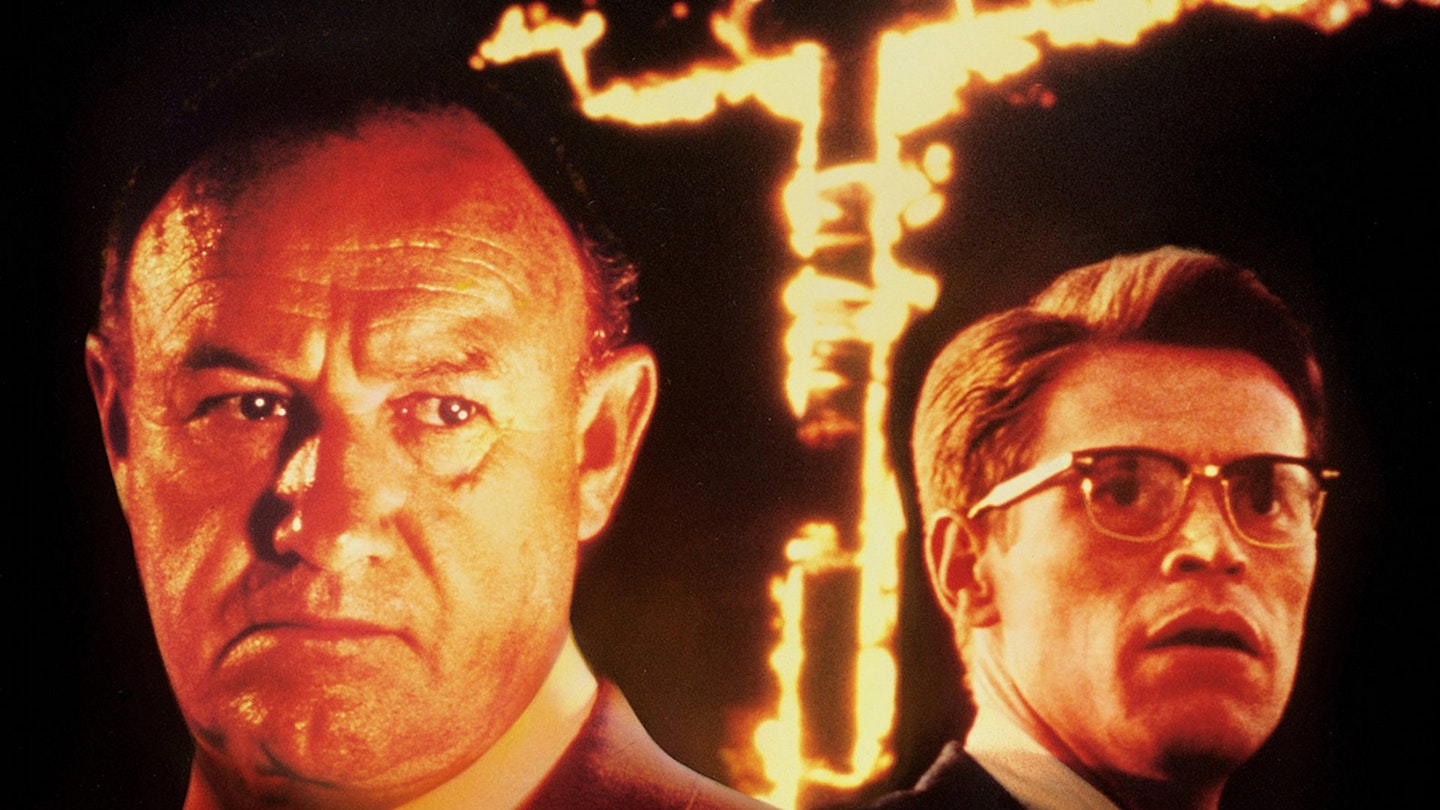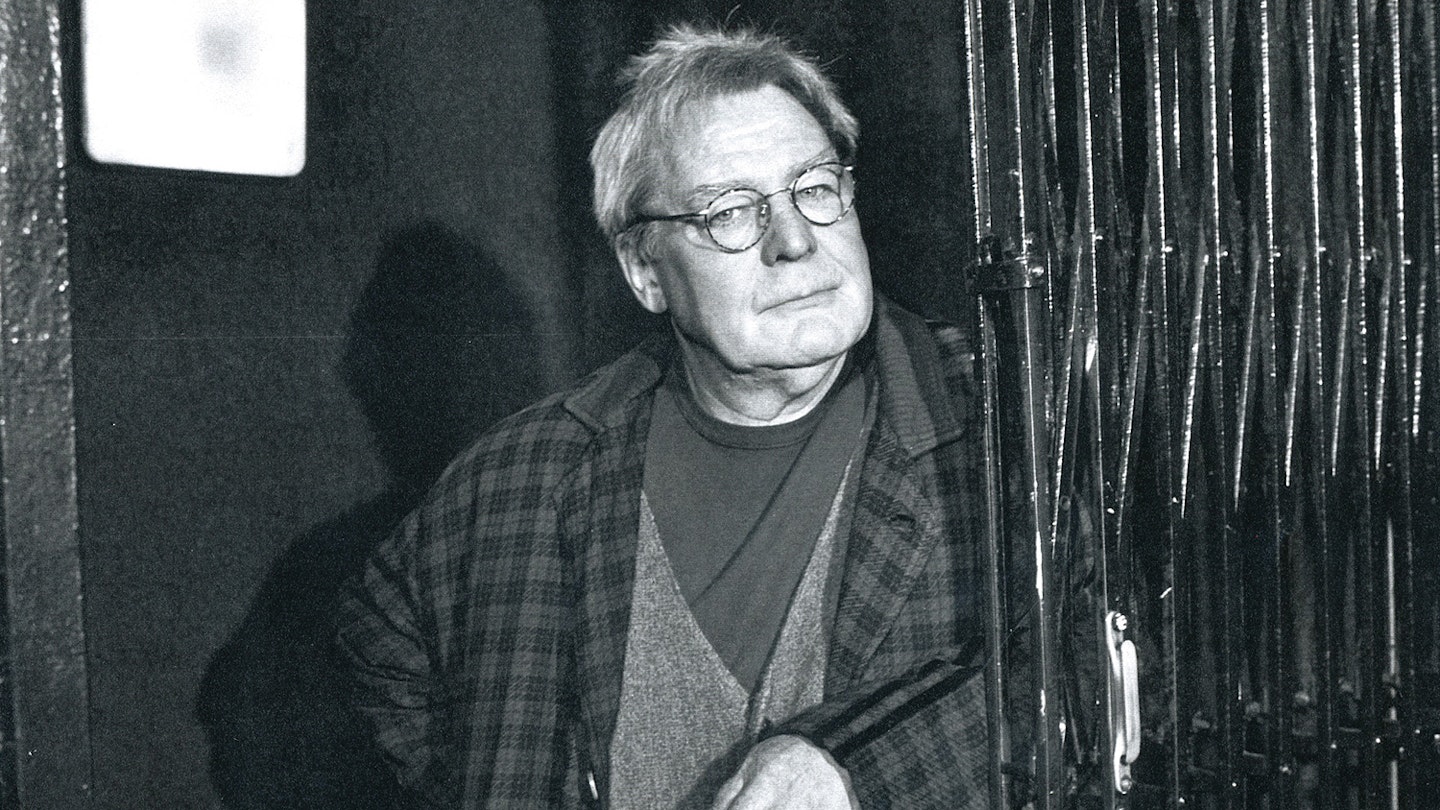Mississippi, 1964: two young white civil rights activists and a black colleague are driving along a country road when they notice a car dangerously close behind. Suddenly the car rams into them to stop at the side if the road. A fat white face appears at the side window and the young driver nervously asks him what's happening. Thirty seconds later, the three youths are dead murdered by the local Ku Klux Klan. Such was essentially the fate of the James Chaney, Mickey Schwener and Andy Goodman in Neshoba County, Mississippi 1964. Their deaths sparked off the biggest manhunt in FBI history and led to the conviction of seven Klan members, including the deputy sheriff of Neshoba County. The affair has been repeatedly documented in various books and now it forms the core of Alan Parker's Mississippi Burning. And it's Parker's film that has sparked the controversy which probably explains why its fistful of Oscar Nominations weren't turned into awards.
The main charge against Parker is that he twists the facts of the case to suit his own story and in doing so rewrites history of the early civil rights movement as yet another tale of Whitey to the rescue. Certainly, the film is littered with examples of fact giving way to fiction and the main focus of the movie is not the fight for equality but the fiery relationship between FBI agents Anderson (Gene Hackman) and Wilson (Willem Dafoe), with a romantic interest thrown in for good measure. It's hardly surprising that one American critic has accused Parker of behaving as if 'my talent is more important than your reality'. Setting aside Mississippi Burning: The Debate, Mississippi Burning: The Film hurtles along at a gripping pace. The South brought vividly to life with blazing churches, Klan crosses, dusty barbershops and segregated washrooms.
The white folk are podgy, ugly and slack-jawed, the blacks lean, handsome and with 300 years of suffering in their eyes. Hackman is marvelous as Anderson, charming the deputy sheriff's wife (Frances McDormand) one minute, grabbing a local thug by the balls the next and applying himself with relish to threats like "I'm going to get so far up your nose you're going to feel my boots on your chin." (One feels like Popeye Doyle would have appreciated that one.) Dafoe offers a useful performance as his partner, the buttoned-down liberal from the North who genuinely can't understand the pitch of Mississippi's race hatred.



